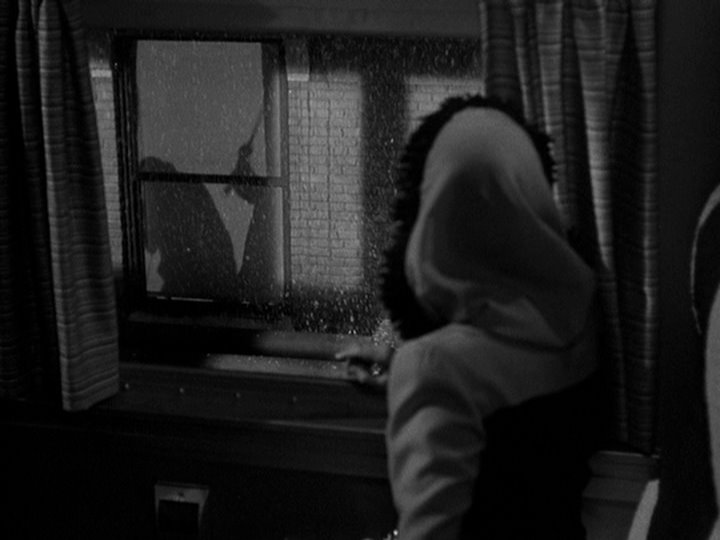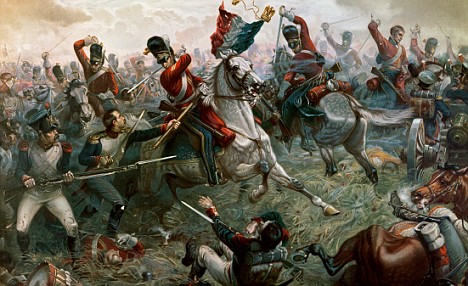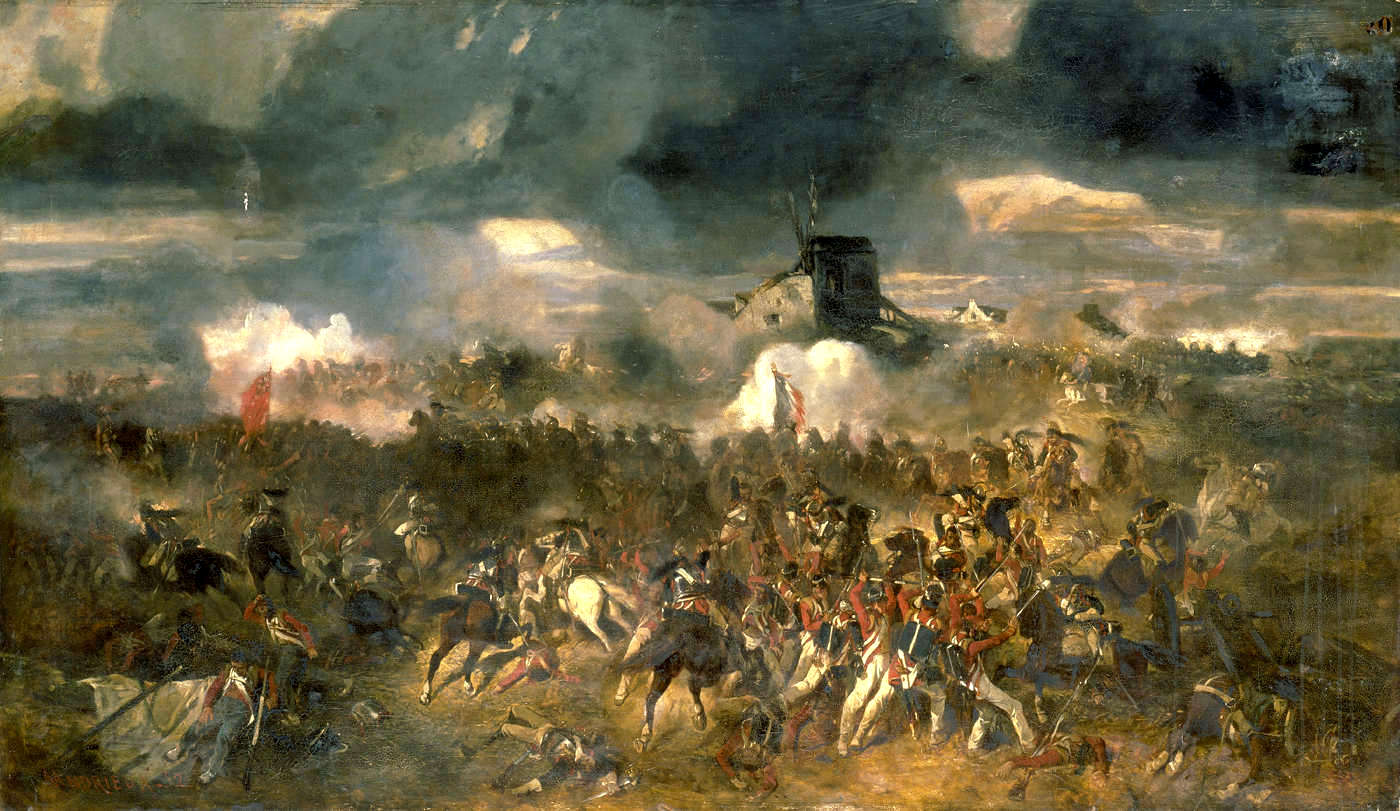Artwork by Beth Krommes.
If you don't have access to a pool, get in the tub, light a sea-breeze scented candle and pretend. That's what I do.
For me, summer reading =
'light' reading, books that don't require heavy duty lifting in the brain-power department. But by
'light' I don't mean junk, I mean well-written 'light'. I love a good romance in the summer, reading-wise. I love a good historical or modern adventure. Most of all I love a good mystery. (But really, when do I ever
NOT love a good mystery?)
Here are 10 books I've already read and recommend highly, especially when the summer doldrums come a-knocking.
I was going to do a post on books I'll be reading but as it usually turns out, I begin one book, then another beckons and I take a peek (just to see) and begin reading that and then later I realize that there are several books I meant to read and forgot to, so I begin to re-organize my list, but then there's all the stuff I love to re-read and before I know it my original list is kaput. So, no list for now.
My reading speed has slowed down quite a bit, so there's that to take into consideration as well. The spirit is willing but the eyeballs are old.
Anyway, here's the list:
1) 11/22/63 by Stephen King - If you haven't tackled this yet, now's the time. Even for those of us who are not regularly scheduled Stephen King fans, this book is a must. It's a thick tome, but I was surprised at how quickly it read. A time traveler from Maine tries to stop the Kennedy assassination. But what happens when he goes back is not what you'd expect.
2) INSTRUMENTS OF DARKNESS by Imogen Robertson - This is the first in a series that I believe should probably be read in order. I've read the first two so far and have been raving about them on the blog and elsewhere. If I could stop people in the street (without complications) and urge them to read these books, I would. Those of you who read historical mysteries WILL LOVE THESE BOOKS!! Those of you who don't, there's just no hope for you. But give these a try, they might change your mind.
Now if only the second two were readily available (already published in England but a bit hard to find here). Though Amazon has 'em - my library doesn't. Go figure.
Enter the 18th century world (an era often overlooked by mystery writers) of married gentle-lady Harriet Westerman and her cohort, the often reclusive
'anatomist' Gabriel Crowther as they use their scientific mystery-solving talents to catch murderers in a time when women were supposed to stay home, do needlepoint and not bother with sordidness. Terrific stuff! A great series so far.
3) THE TALISMAN RING by Georgette Heyer - Oh, is this book fun. It's a light-hearted operetta without music - a tantalizing, acerbic, witty, romantic mystery in which manners and custom must be preserved at all cost and it all takes place in a Regency England that probably never existed, but boy it sure would have been fun if it had.
The author gives us a plucky runaway from an arranged marriage, a missing ring, a stalwart guardian, a handsome black sheep of the family named Ludovic Lavenam, a level-headed spinster and her airy headed brother who can't get rid of a cold and last but not least, Bow Street agents, burly smugglers and sinister miscreants of all sorts. A lovely, lively mix which makes for the perfect beach, backyard, front porch or pool book.
DON'T miss it.
4) DRACULA by Bram Stoker - Sinister, yes. Creepy, definitely. Scary, occasionally. Intriguing and engrossing, always. Beautifully well written, emphatically so. Now's the perfect time to read this - what with the sun shining and flowers blooming and all things dark and sinister put aside.
If what's happening on the page bothers you any, simply look up and let summer warm your soul before you step back into the 19th century world of Bram Stoker and his fiendish creation. I waited a long time to read this because I thought I wouldn't like it or it would be too
ooky - I was an idiot. It is a FABULOUS book! Don't be put off by preconceived notions. READ it.
5) CHAMPAGNE FOR ONE by Rex Stout - I'm re-reading it now for the umpteenth time. Having a grand old time visiting the brownstone on thirty-something street, once again hanging out with Archie Goodwin, Nero Wolfe, Fritz Brenner, Saul Panzer, Inspector Cramer and the gang.
When an un-wed mother is murdered at a yearly society event in full view of an entire dinner party, it's Archie who insists that suicide was not intended - Faith Usher was murdered. Period. Too bad if it makes everyone uncomfortable. It is what it is.
6) THREE TO GET DEADLY by Janet Evanovich - Your favorite hamster-loving/ex-lingerie salesgirl and mine, Stephanie Plum, New Jersey
ditz and wannabe bounty hunter, is at it again. This is the third book in the series and if I'm remembering correctly, one of the best in the bunch. Hysterically funny is not over-doing it. People will stare while you're reading this because you simply will not be able to keep from screaming with laughter. Who cares. The heck with 'em. They're only jealous cause you're having such a good time.
Or you can begin with ONE FOR THE MONEY, if you please.
7) A VERY SPECIAL FAVOR by Kristin James. A Silhouette Intimate Moments book from 1986 and well worth looking for. This is the book that got me reading romances again way back when, something I hadn't done since early days. Notice that I say this without any shame or embarrassment. We're among friends here, right?
Sometimes, nothing but a good romance will do.
In romance writing circles A VERY SPECIAL FAVOR is well known, Kristin James' writing very much admired. The plot: Emily (forgot her last name) is a 30 year old virgin (No, this is not a fantasy.). She is also secretary to Adam Marshall (who actually comes across a bit thick-headed, but nobody's perfect), a dazzlingly handsome attorney who has women coming out of the woodwork trying to nab him. He is complacent about it all - as only an extraordinarily handsome man would be. Emily feels very much the spinster sitting on the shelf. She has no social life. Why? Probably because she's been in love with her boss for years. But to him, she is just his secretary, someone about whom he rarely has any thoughts whatsoever except work ones.
When Emily's birthday comes around yet again, she thinks it's past time she lost her virginity and decides that there's only one thing left for her to do: ask someone at the office to do the deed. I mean, it isn't as if she were hideous, she's just plain - a little lacking in pizzazz. Add a bit of make-up, change the boring wardrobe, take off the glasses and
VOILA! Surely there must be someone down at the office who wouldn't mind doing her a a very special favor.
Yup, you guessed it. I need say no more. It's a
doozy of a romance. Totally unrealistic, but that's what I love about it.
8) LORD CAREW'S BRIDE by Mary Balogh - When it comes to historical romance, Mary Balogh's name is legendary. She penned many MANY romances in the old days, is still going strong and her hardcover novels show up regularly on the best seller lists. In my view, she is the best of the Regency romance writers next to
Edith Layton, Carla Kelly and
Catherine Coulter. All masters of their craft.
The Marquess of Carew is a fabulously wealthy English lord whose physical impairment has made him a bit of a recluse. He is also, understandably so, wary of women. When widowed Samantha Newman, impressed by his kindness, turns to him as a buffer from the dashing Earl who broke her heart years before and has returned to bedevil her yet again, Carew does something he hadn't planned on: he falls in love.
Mary Balogh is so good at writing this sort of thing, she has no qualms in creating the flawed hero, but in this case, he must be a hero who will win your sympathy almost from the beginning if the story is to work. Carew might, in other hands, have come across as a gullible whimp or sad-sack, but Mary Balogh knows what she's doing. Carew breaks my heart, but in the end, believably, he receives the happiness he deserves. I love this book.
It's my favorite, I think, of Mary Balogh's Regencies, but there are many more I could name which come close. She was amazingly prolific for Signet Regencies. The characters in this story also appear in several other books (in various ways) which I guess, makes these a kind of series, but it isn't necessary to read them in order. This and DANCING WITH CLARA are the best of this particular bunch.
Signet Regencies can still be found online and in used bookstores. This one is from 1995 so it's not ancient.
9) THE SECRET VANGUARD by Michael Innes - I'm so glad this was my initiation into the writing style of Michael Innes. I loved it from start to finish.
From the back cover of my paperback:
Our lovely heroine and her various accomplices are the object of a superb chase across Scotland by a scheming band of undercover Nazis. Sir John Appleby of Scotland Yard - a master craftsman in the art of crime and counterespionage - comes to the rescue, and the British Empire stands secure once more.
Couldn't have said it better myself. A terrifically fun book - if your idea of fun is heading to Scotland by train, dashing across the countryside fighting off Nazis while trading quips. But then, who wouldn't want to do that??
I mean, really.
10) TO SAY NOTHING OF THE DOG by Connie Willis - The perfect summer book. It takes place in an Oxford, England of the past and of the future (just a few years future) in which historians are able to travel back in time for research purposes only. They are forbidden to interfere, of course, forbidden to carry back anything. The time portal will automatically not allow them to arrive at any actual history changing event. For instance, if someone tries to get back to stop the Kennedy assassination, say, or to kill Hitler and prevent the war, the portal will land them days before, days after, or if you keep at it, in a totally different part of the world. A workable safeguard that stops any 'what
iffing'.
Ned Henry is badly in need of a rest. He's been shuffling between the 21st century and the 1940's searching for a Victorian atrocity called the bishop's bird stump. It's part of a project to restore the famed Coventry Cathedral destroyed in a Nazi air raid over a hundred years earlier.
But then Verity Kindle, a fellow time traveler, inadvertently brings back something from the past. Now Ned must jump back to the Victorian era to help Verity put things right - not only to save the project but to prevent altering history itself.
"Willis effortlessly juggles comedy of manners, chaos theory and a wide range of literary allusions (with a) near flawlessness of plot, character and prose." Publisher's Weekly starred review.
You will not go wrong with any of these books. Depending on your mood, of course.














.jpg)







































